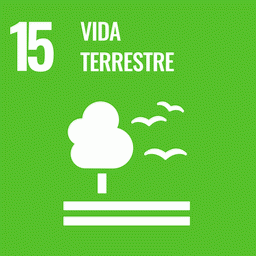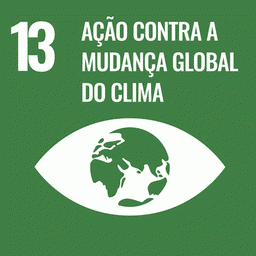Seasonally dry tropical forests (SDTFs) account for one-third of the interannual variability of global net primary productive (NPP). Large-scale shifts in dry tropical forest structure may thus significantly affect global CO2 fluxes in ways that are not fully accounted for in current projections. This study quantifies how changing climate might reshape one of the largest SDTFs in the world, the Caatinga region of northeast Brazil. We combine historical data and future climate projections under different representative concentration pathways (RCPs), together with spatially explicit aboveground biomass estimates to establish relationships between climate and vegetation distribution. We find that physiognomies, aboveground biomass, and climate are closely related in the Caatinga—and that the region’s bioclimatic envelope is shifting rapidly. From 2008–2017, more than 90% of the region has shifted to a dryer climate space compared to the reference period 1950–1979. An ensemble of global climate models (based on IPCC AR5) indicates that by the end of the 21st century the driest Caatinga physiognomies (thorn woodlands to non-vegetated areas) could expand from 55% to 78% (RCP 2.6) or as much as 87% (RCP8.5) of the region. Those changes would correspond to a decrease of 30%–50% of the equilibrium aboveground biomass by the end of the century (RCP 2.6 and RCP8.5, respectively). Our results are consistent with historic vegetation shifts reported for other SDTFs. Projected changes for the Caatinga would have large-scale impacts on the region’s biomass and biodiversity, underscoring the importance of SDTFs for the global carbon budget. Understanding such changes as presented in this study will be useful for regional planning and could help mitigate their negative social impacts.
Convite: seminário final do projeto Agroecologia é a Solução: sistemas de roça sem queimar e manejo de açaizais
Convite do Sindicato dos Trabalhadores e Trabalhadoras Rurais de Rurópolis em parceria com o Fundo DEMA e Instituto de Pesquisa Ambiental da Amazônia – IPAM sobre uma reflexão de alternativas produtivas sustentáveis, no âmbito do Projeto Agroecologia é a Solução:...

